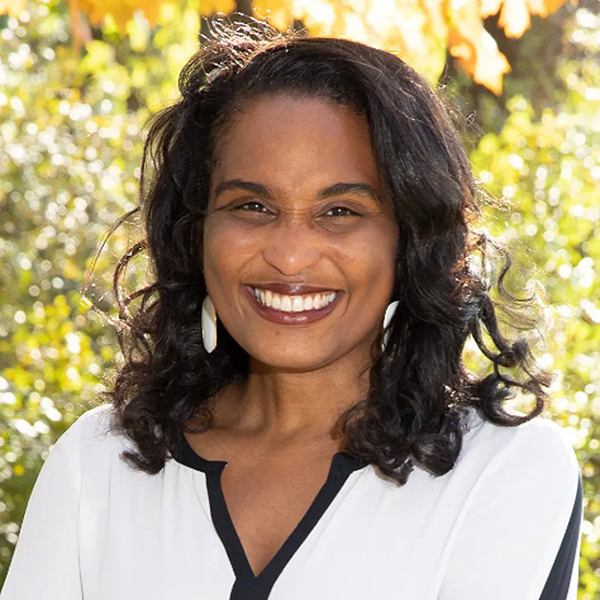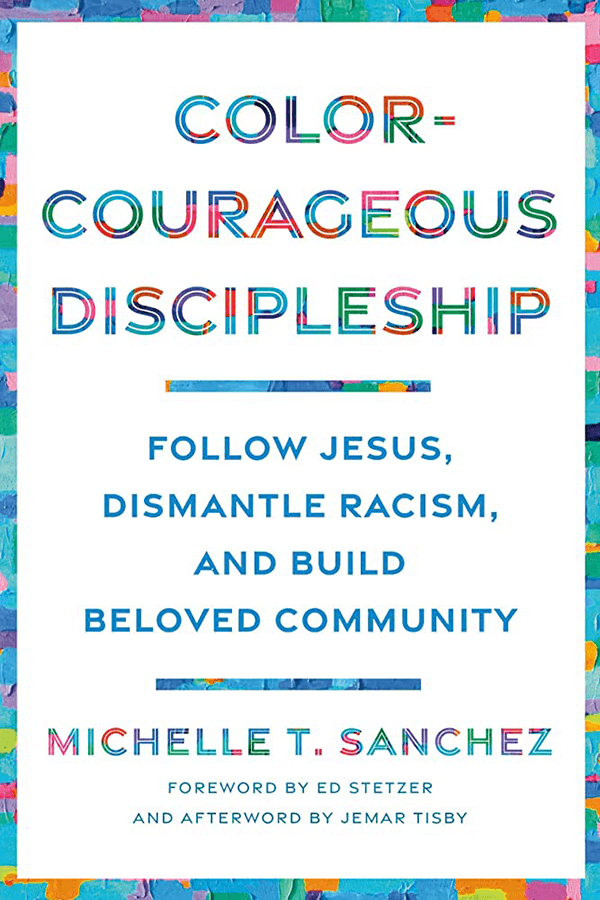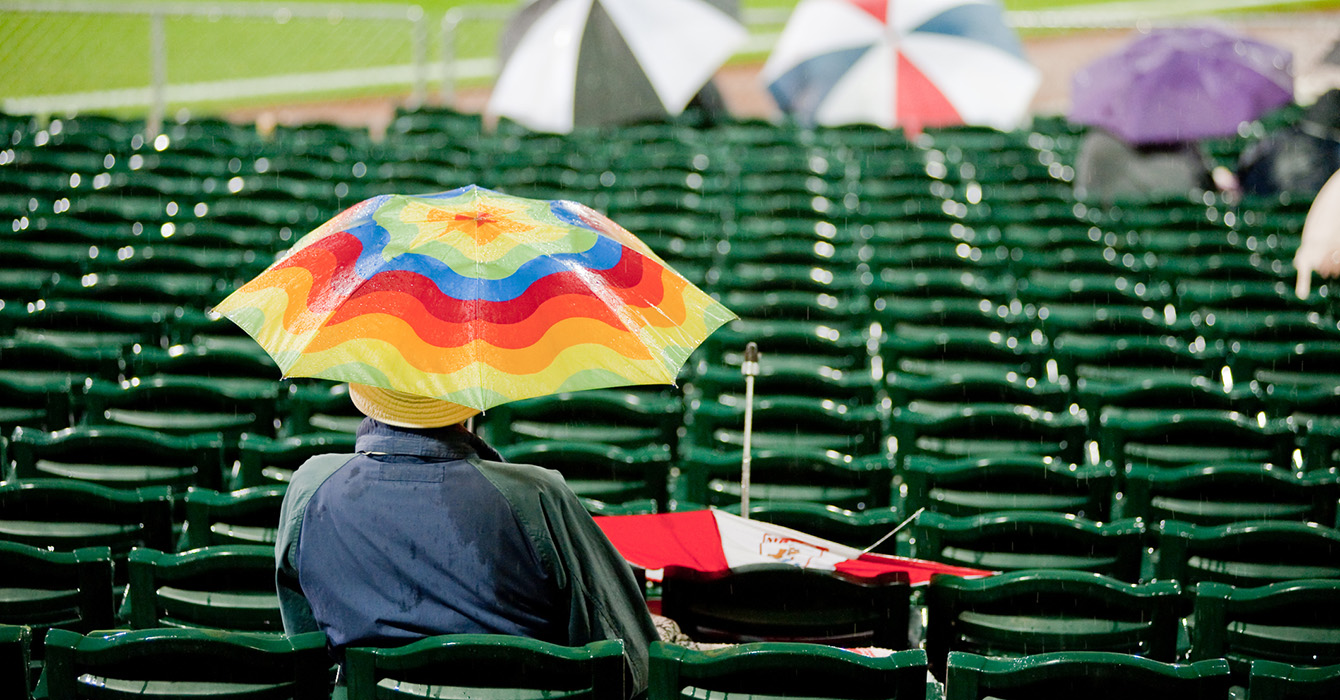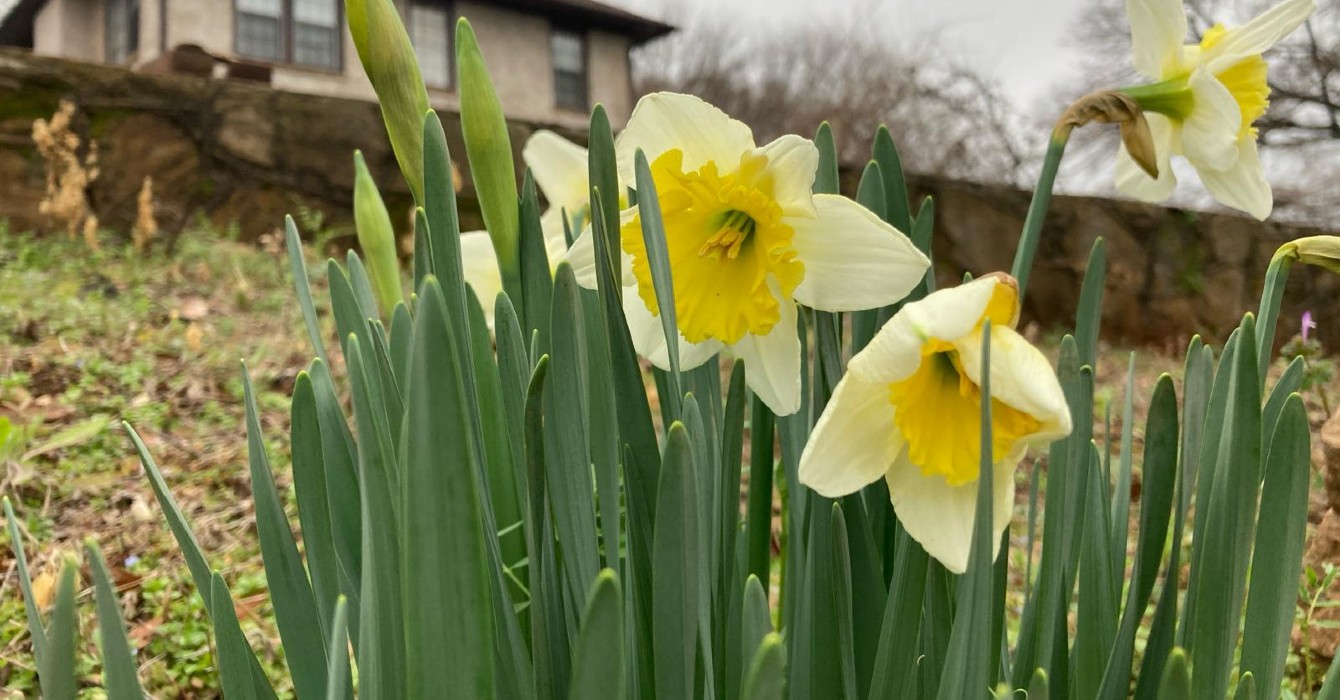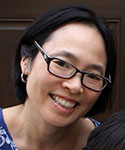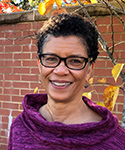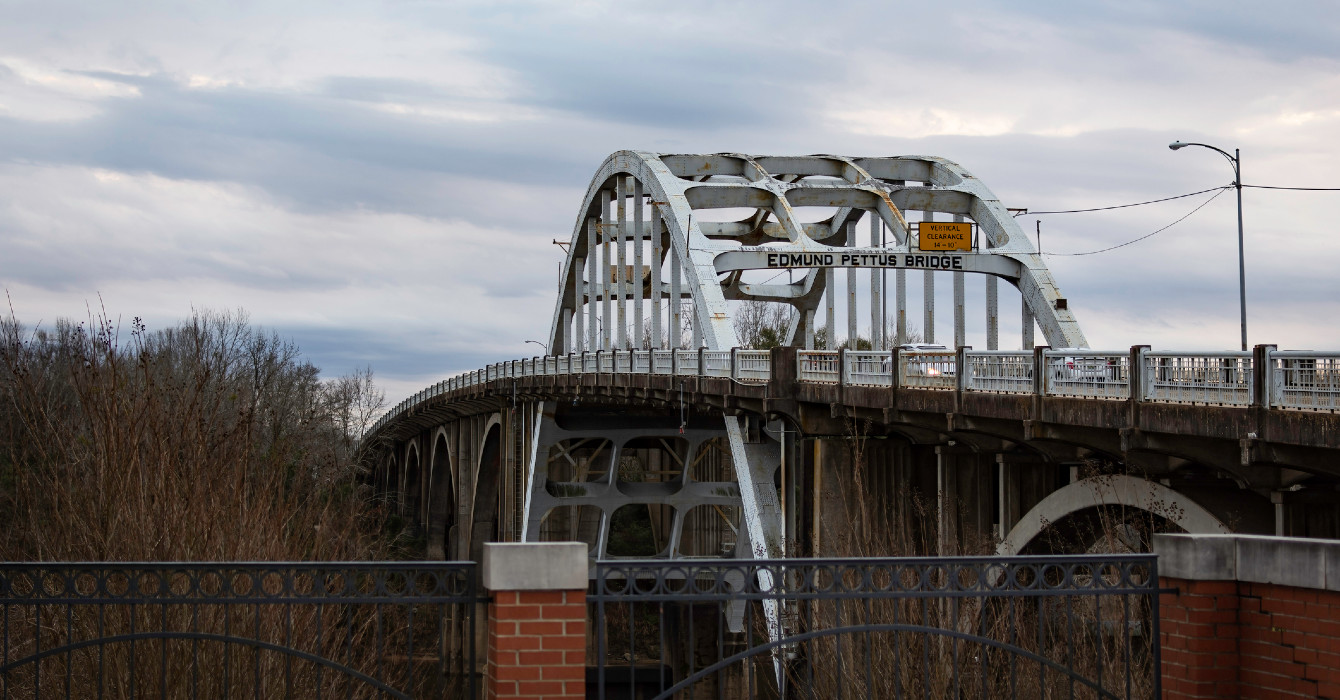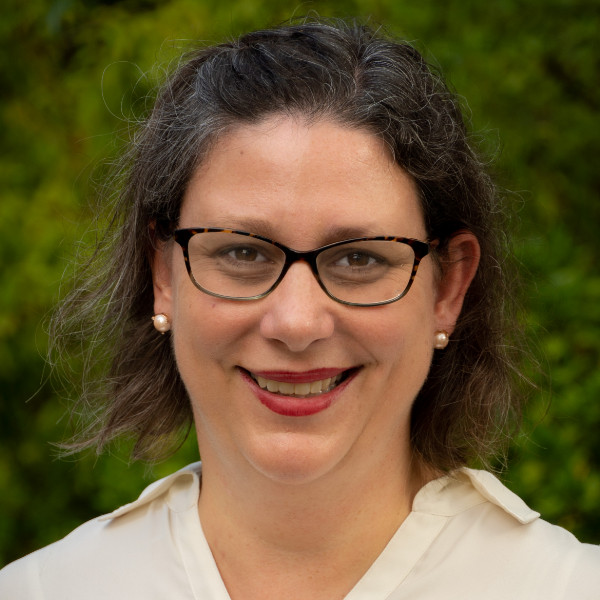Sometimes in the stillness of the quiet, if we listen, we can hear the whisper in the heart giving strength to weakness, courage to fear, hope to despair.
— Howard Thurman
Certain images are forever associated with the Civil Rights Movement: peaceful protestors drenched by the overpowering blast of firehoses, Black diners unapologetically seated at a whites-only lunch counter, a little brown girl walking through an angry mob on her way to school.
But to understand the soul of the Civil Rights Movement, we would do well to cherish additional pictures: the same protestors on their knees praying before the march, worshippers holding picket signs and singing spirituals, ordinary saints reconvening every Sunday to encounter God.
The movement’s luminaries were flesh and blood, just as we are. The secret to their strength was found, not in the clamor, but in the quiet.
John Lewis made it plain: “Without our faith, we wouldn’t have been able to succeed. … Before we’d go out on a sit-in, before we went on the freedom ride, before we marched …, we would sing a song or say a prayer. … Without prayer, without faith in the Almighty, the Civil Rights Movement would have been like a bird without wings.”
It is natural for anyone who ministers today to become discouraged and depleted. Our world continues to teem with injustice, polarization and outright resistance to the Spirit of God. Where can we find strength? I find myself drawn to the wisdom of our faithful forebears of the Civil Rights Movement, such as that exemplified through the friendship of the Rev. Howard Thurman and the Rev. Dr. Martin Luther King Jr.
Ten years prior to King’s assassination in 1968, he survived an attempt on his life in New York City that transformed his ministry. A small crowd had gathered at Blumstein’s department store in Harlem, where King was signing copies of his first book, “Stride Toward Freedom,” when a woman stabbed him with a 7-inch steel letter opener. Panic erupted as the blade protruded from King’s chest, having just barely missed his heart.
Hours of surgery were required. King later recounted, “It came out in the New York Times the next morning that if I had merely sneezed, I would have died. … I’m so happy that I didn’t sneeze.”
He then faced a long, slow period of recovery, cooped up at home just as the movement was gaining steam. That’s when Thurman came to visit.
Behind great movements there is often a quietly strong presence like Thurman, who served as dean of Marsh Chapel at Boston University and as King’s mentor. Much earlier, in 1935-36, Thurman had traveled to India for an exchange of ideas between oppressed peoples. He was deeply impressed by the quiet strength of Gandhi, who told him: “It may be through the Negroes that the unadulterated message of nonviolence will be delivered to the world.”
So it came to be that Thurman introduced generation-shaping leaders like King to the philosophy of nonviolence. Thurman became a kind of missional mystic, teaching his students that social and spiritual transformation were linked. In time, he advised numerous civil rights leaders, including Jesse Jackson, Vernon Jordan, James Farmer and Otis Moss Jr. Lewis called him “a saint of the movement.”
Thurman encouraged his students to access the “strength beyond our strength.” In the quiet, he taught, one discovers the will of God. To sustain mission, one must have regular “lull[s] in the rhythm of doing.”
Thurman urged King to extend his period of recovery and rest by four weeks, to stand still so that he could continue to stand firm for justice. King took his advice, using the extra time to re-center himself and carefully consider his next steps. According to one biographer, King came to feel that this unexpected pause was “part of God’s plan to prepare him for some larger work.”
I love Thurman’s phrasing around lulls in the rhythm of doing. But beyond simple rest, what happens during a lull in the lives of contemplatives in action? Here’s one idea: there is a mutually life-giving exchange between contemplation and action, and regular lulls offer the space for this exchange to occur.
When we overemphasize contemplation, we may not make a real difference in the world, and when we overemphasize action, we may veer off in the wrong direction or eventually burn out. But regular lulls allow for a balanced exchange; they allow space for contemplation to fuel action and for action to fuel contemplation – this is the key.
It’s not just about working very hard and then regularly taking time to collapse! Rather, it is about learning to proactively engage the virtuous cycle of quiet strength: experiencing how prayer fuels activism, which fuels prayer, which fuels activism, and so on.
As Thurman once said, “There must be for me a deep sense of relatedness to God, … by which there shall open for me more and more springs of energy and power. …This alone … will make it possible for me to stand anything that life can or may do to me.”
This takes intentional practice, and many of our civil rights forebears provide excellent examples of how sustaining Christian activism is fueled by this intentional, virtuous cycle.
They would pray before marching to center themselves in the nonviolent Spirit of God. Then they would march and sing, meeting tremendous resistance and even injury. This would prompt them to pray and rely on God for the power to love and forgive, which again would prompt them to engage their neighbors. This cycle is the key to quiet strength.

